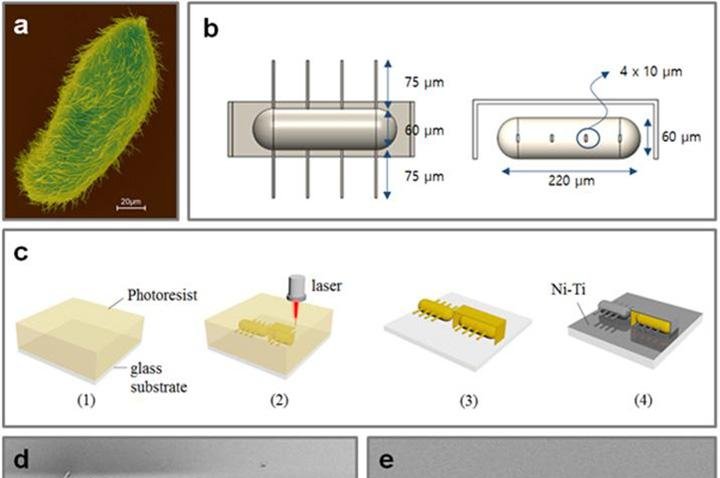DAEGU, South Korea, Sept. 1 (UPI) -- Scientists in South Korea have created microbots that move and function like single cells.
The bots were specifically modeled after the genus of unicellular ciliated protozoans known as Paramecia. Cilia are the hair-like organelles protruding from the bodies of the paramecia. Their whiplash movement propel the protozoans.















